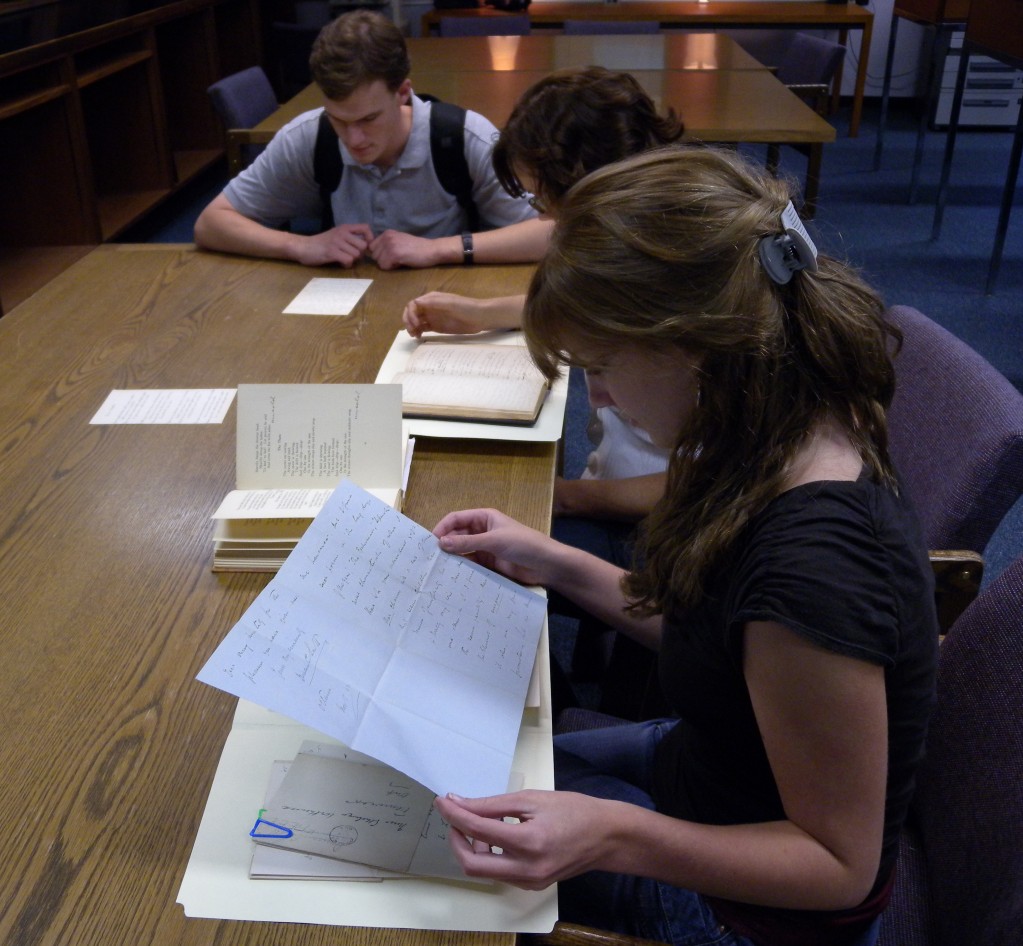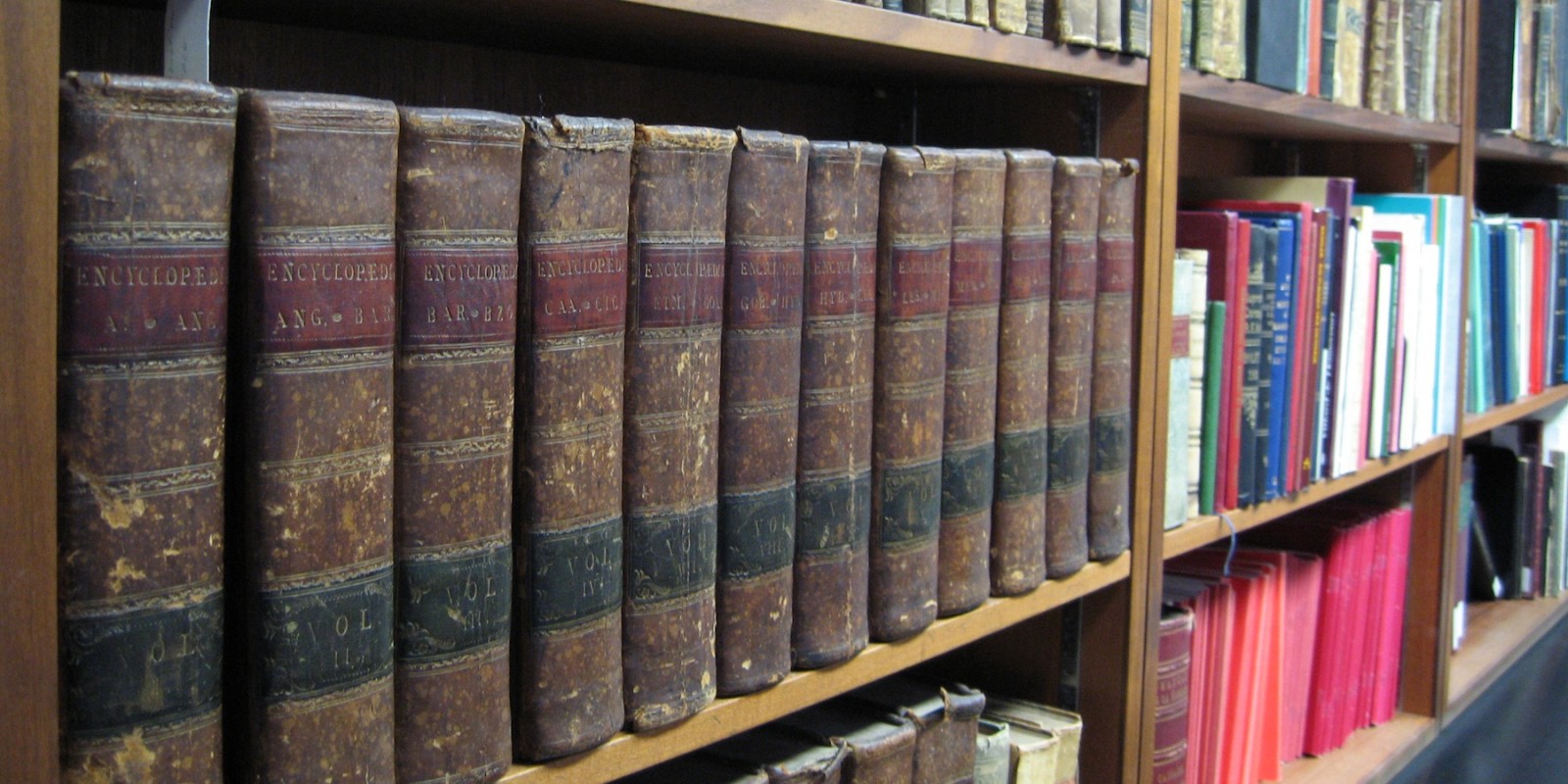
The grades are in and Brock’s Special Collections and Archives have been awarded an A.
The department, located on the 10th floor of the James A. Gibson Library, was recently granted Category “A” designation for textual and archival materials by the Movable Cultural Property Directorate, a branch of the Department of Canadian Heritage.
The designation means that the University’s Special Collections and Archives have achieved the highest standards for an archival repository in Canada in terms of procedures, practice, environment and security.
“There is no other institution in Niagara with this kind of accreditation,” says David Sharron, head, Special Collections and Archives at Brock.
“This will enable us to try and keep some of Niagara’s history here in Niagara, and it will also allow us to tap into our region’s untold histories,” he says. “You never know what someone has hidden under their bed.”
A key aspect of the designation means that the University can now bypass the lengthy and labour-intensive process required to have materials certified as “cultural property of outstanding significance and national importance.”
“Because we are now designated, all we need to focus on is the collection rather than both the collection and our policies and environment,” says Sharron. “It allows us to spend more time building our collection and going after significant resources.”

Special Collections and Archives in the James A. Gibson Library at Brock
The Movable Cultural Property program is designed to keep important cultural records and artifacts in Canada. Donors whose materials achieve certified cultural property status receive improved tax incentives for their gifts.
“This makes us more competitive because we can now offer certain donors the same benefits as other Category A institution in Canada,” says Sharron. “If we can give them greater benefits for their generosity, it helps everybody.”
“We get the scholarship out of it and they get a great tax break,” he says. “It’s also a good means to attract new and influential donors to the University.”
The accreditation also allows the University to apply for Moveable Cultural Property grants to help purchase Canadian cultural property available outside the country.
“Say there’s a Niagara Falls enthusiast over in Germany and that person wants to sell their collection,” says Sharron “We can now apply to the government to pay for a portion of that, to work together to bring it back home.”
The long road to accreditation began in 2008, when the University hired a consultant from the Canadian Conservation Institute in Ottawa to take a close look at its archives and special collections operations. This review produced a list of recommendations for areas needing improvement in order to meet the high-level national classification.
In 2009, the library secured a grant from the Canada Cultural Spaces Fund to upgrade environmental and safety conditions for the collection. The renovations, which included new HVAC, sprinkler and lighting systems, were completed in early 2010.
“Then we had to gather one year’s worth of data on our environment,” explains Sharron. “We have little data loggers that record what the humidity, temperature and light levels are every 20 minutes.”
After the environmental data was compiled, a package was submitted to the Movable Cultural Property office in 2011 for further evaluation, which also included policies and security procedures for the department.
“The whole building was looked over by Ottawa with a fine-toothed comb,” says Sharron. “And after about a year and a half of submitting that initial information package, we were notified that we had received the accreditation.”
“This is a significant milestone for our Special Collections and Archives,” says Margaret Grove, University Librarian. “We’re grateful to the many staff at Brock who helped us to achieve this important designation, and to Canadian Heritage for its generous funding support.”
—
Highlights of Brock’s Special Collections and Archives include:
- Terry O’Malley fonds – forty years of scripts, sketches, videos, reports and correspondence chronicling the legendary advertising career of Terry O’Malley and Vickers & Benson
- Canada Niagara Power Company fonds – records, maps and plans that highlight the first effort to harness hydroelectric power from Niagara Falls on the Canadian side of the river
- Brockiana Collection – a collection of all things Isaac Brock including books, articles, artwork, toys, stamps, coins, and five items signed by the general including his own copy of the General Regulations and Orders for the British Army from 1804
- Ethelwyn Wetherald fonds – photos, diaries, letters, rough and published works of the Canadian poet Ethelwyn Wetherald from Fonthill
- St. Ursula’s Convent – the first book of fiction written by a native-born Canadian and published in Canada in 1824
- Letter signed by King James VI of Scotland – this 1579 letter gives a member of the Hamilton family permission to come to Edinburgh for an audience with the King
- Bradley Institute for Music Education archives – materials from the school that operated in Niagara Falls for more than 70 years before it closed in 2008, including photos, letters, student rosters and an unpublished manuscript written by Bradley, that describes his history and philosophy of music












[…] milestone for the James A. Gibson Library, prompted the Library to work for and achieve its recent Department of Canadian Heritage Category “A” designation for textual and archival materials. The accreditation means that Brock’s Special Collections and […]